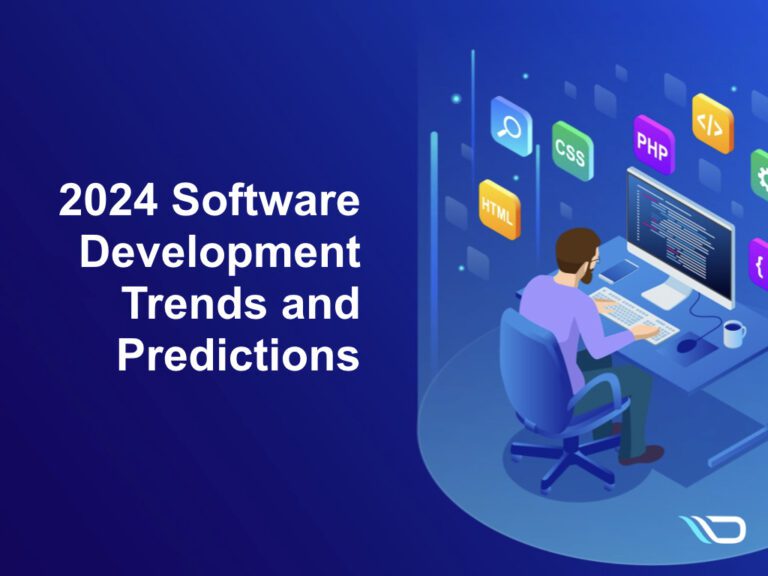When a hardware or software product approaches its End of Life (EoL) or End of Service (EoS), it ceases to receive support from its manufacturer. The inherent implications of this for businesses like yours are that these unsupported technologies no longer benefit from routine internal security measures or backing from the manufacturer.
However, the silver lining here is the existence of effective measures that can be adopted to alleviate the risks associated with EoL or EoS software/hardware and fortify your business. We delve into these measures below.
Effective Countermeasures
The myriad measures that can be implemented may seem daunting; nonetheless, we highlight the four most impactful ones:
Prioritize security
It becomes imperative for organizations to prioritize security as soon as they identify EoL or EoS software/hardware. Collaborate with a trustworthy vendor capable of delivering vital security protocols and tools to secure your data. Furthermore, strategize to minimize potential security threats.
Consider enhancing your security infrastructure by integrating additional measures such as two-factor authentication or bolstered surveillance of high-risk areas. By adopting these proactive measures, you can rest assured that your organization’s data is insulated from threats.
Monitor productivity
As your software/hardware nears EoL or EoS, vigilantly assessing its productivity becomes crucial to prevent any potential adverse impact on your organization. Here are some actionable steps you can take:
- Regularly evaluate the software/hardware performance to promptly identify and resolve escalating issues.
- Inform the employees using it about its imminent status to foster a receptive mindset should any issues arise.
- Devise a contingency strategy in the event the software/hardware fails entirely to stave off major disruptions to your organization.
Analyze Long-Term Needs
Strategic planning for the future necessitates careful consideration of the longevity and viability of your critical systems. What are your organization’s objectives, and which systems play a pivotal role in realizing them?
Assessing the risks associated with retaining EoL systems forms an integral part of the decision-making process regarding upgrades. What repercussions can arise from persisting with an obsolete system? What is the likelihood of these repercussions, and how severe could they potentially be?
Reflecting on these aspects can guide you in making informed decisions that align with your organization’s objectives, ensuring that your critical systems are primed to support your goals.
Validate Compatibility Prior to Migration
Although the EoL or EoS date of a system may be a distant future event,migration planning should commence well in advance. This foresight can help avert any disruptions that might occur during the migration process.
Compatibility testing is a crucial initial step in transitioning to a new system. It is essential to confirm that all your data and applications can be smoothly transferred to the new system. Establishing a test environment and conducting preliminary tests is an effective way to achieve this.
Partnership for Success
The potential risks associated with EoL/EoS software and hardware are evident. The implementation of the practical steps discussed above to circumvent these risks might seem overwhelming without expert assistance. That’s where an IT service provider like us can play a pivotal role.
We are equipped to help you shield your business from the perils of EoL/EoS software and hardware. To explore more, we encourage you to reach outto us today.







